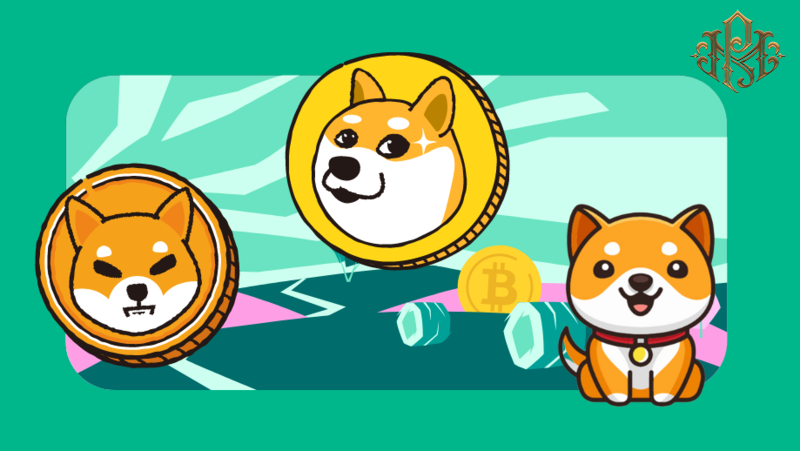
Close



In recent years, a new type of cryptocurrency has risen to prominence: meme coins. These digital tokens, which often feature popular memes or internet jokes as their branding, have gained a following among younger investors looking for a quick and easy way to make money. But what are meme coins, exactly, and are they worth the investment? In this essay, we will explore these questions in detail.
First, let’s define what a meme coin is. At its most basic level, a meme coin is a cryptocurrency that is created for the purpose of being funny or entertaining. Unlike other cryptocurrencies, which may have a specific use case (such as facilitating transactions or powering decentralized applications), meme coins often don’t have any real-world utility beyond their novelty value.
One of the earliest and most well-known meme coins is Dogecoin. Created in 2013 by software developers Billy Markus and Jackson Palmer, Dogecoin was intended as a joke based on the popular “Doge” internet meme featuring a Shiba Inu dog. Despite its origins as a parody, Dogecoin quickly gained a cult following, with users engaging in online communities and using the currency to tip content creators and make small purchases.
Since then, numerous other meme coins have been created, each with their own unique branding and community. Some of the most popular include Shiba Inu (inspired by Dogecoin but with its own distinct identity), SafeMoon, and HOGE. Like Dogecoin, these coins often have little practical use beyond their entertainment value, but have nonetheless attracted a passionate following.
So, is it worth investing in meme coins? The answer, as with any investment, depends on a variety of factors. Let’s take a closer look at some of the pros and cons of meme coin investing.
On the one hand, meme coins can offer potentially high returns for relatively low investment. Because many of these coins are still relatively unknown and untested, their value can fluctuate wildly in response to news events or social media trends. This volatility can be both a blessing and a curse, as it means that investors who get in early on a popular meme coin can see their investment grow quickly, but also exposes them to the risk of losing money just as quickly.

What is Meme Coin? Is it worth the investment?
Additionally, investing in meme coins can be a fun and engaging way to participate in the cryptocurrency community. By joining online forums or following influencers in the space, investors can stay up-to-date on the latest trends and memes, and feel a sense of belonging within a like-minded community.
However, there are also significant risks associated with meme coin investing. Because these coins often lack any real-world utility, their value is largely based on speculation and hype. If the market sentiment around a particular coin were to suddenly turn negative, its value could plummet just as quickly as it rose.
Furthermore, because meme coins are not backed by any tangible assets or revenue streams, they are particularly vulnerable to price manipulation. Whales (i.e., large investors) can easily influence the price of a low-volume meme coin by buying or selling large amounts, which can create a false impression of demand or supply.
Finally, meme coins are subject to the same security risks as other cryptocurrencies. Given that many of these coins are created by relatively unknown developers and lack rigorous testing, there is a significant risk of hacking or other security breaches. Investors who store their meme coins in online wallets or exchanges are particularly vulnerable to these risks.
In conclusion, meme coins can be a high-risk, high-reward investment opportunity for those willing to take a chance on the latest internet craze. While investing in these coins can be a fun and engaging way to participate in the cryptocurrency community, investors should be aware of the significant risks involved. Ultimately, whether or not investing in meme coins is worth it depends on an individual’s risk tolerance, financial goals, and willingness to engage with a rapidly changing and often unpredictable market.